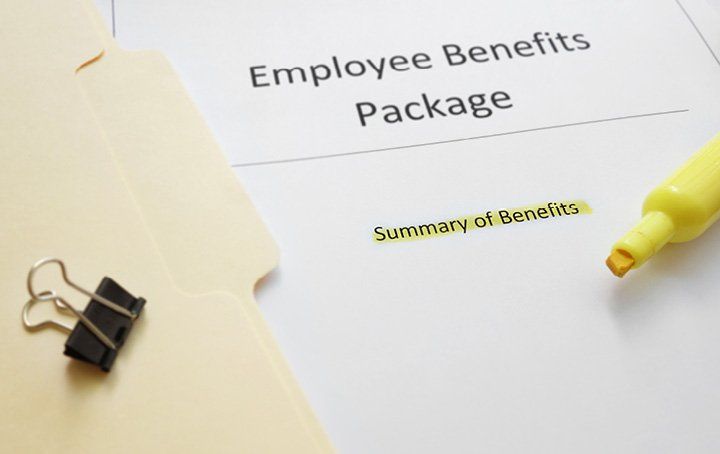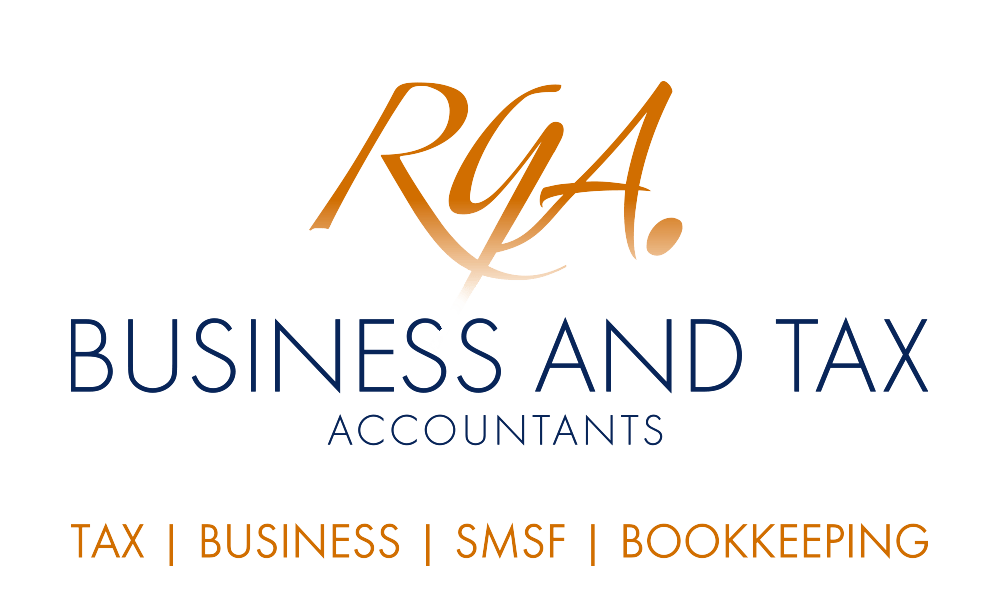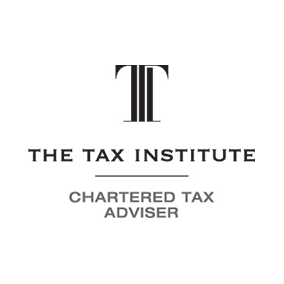How fringe benefits tax works

What is fringe benefits tax?
Fringe benefits tax (FBT) is a tax paid by employers on certain benefits provided to their employees, or to their employees’ family or other associates.
FBT is separate to income tax. It's calculated on the taxable value of the fringe benefit.
As an employer, you must self-assess your FBT liability for the FBT year (1 April to 31 March). If you have an FBT liability, you must lodge an FBT return and pay the FBT you owe.
What is a fringe benefit?
A fringe benefit is like a payment to an employee, but in a different form to salary or wages.
There are different types of fringe benefits. Examples include:
- allowing an employee to use a work car for private purposes
- car parking
- paying an employee's gym membership
- providing entertainment by way of free tickets to concerts
- reimbursing an expense incurred by an employee, such as school fees
- giving an employee a discounted loan
- giving benefits under a salary sacrifice arrangement with an employee.
The following are not fringe benefits:
- salary and wages
- employer contributions to complying super funds
- shares or rights provided under approved employee share acquisition schemes
- employment termination payments (including, for example, the gift or sale at a discount of a company car to an employee on termination)
- payments deemed to be dividends under Division 7A
- benefits provided to volunteers and contractors
- exempt benefits, such as certain benefits provided by religious institutions to their religious practitioners.
Who receives fringe benefits?
FBT applies to fringe benefits provided to your employees, or to your employees' families or other associates.
For FBT purposes, an employee includes a:
- current, future or past employee
- director of a company
- beneficiary of a trust who works in the business.
If you're a sole trader or a partner in a partnership, you are not an employee. Benefits you provide to yourself are not subject to FBT.
Your clients are not employees. Benefits you provide to clients, such as entertainment, are not subject to FBT.
Using employee contributions
You can reduce your FBT liability by having your employee contribute towards the cost of a fringe benefit. The contribution is usually a cash payment to you or the person who provided the benefit.
For most categories of fringe benefits, the taxable value of a fringe benefit can be reduced by the amount of the employee contribution. However, if the benefit is a tax-exempt body entertainment fringe benefit, you can't reduce the value of the benefit by any employee contributions paid directly to you.
You need to consider the income tax consequences of providing benefits. Just as the cost of providing a fringe benefit (including any part of the cost contributed by the employee) is generally deductible for you as the employer, you include any employee contributions paid directly to you in your assessable income.
Example: employer uses employee contributions
A company golf team has a golfing day once a month. The employer pays the green fees of $45 a month, with the employees reimbursing the employer 75% of the fees.
The employer will:
- pay FBT only on the 25% of the green fees that aren't reimbursed
- include the employee contribution in the company’s assessable income.
Who pays FBT?
The employer pays FBT.
This is the case even if the benefit is provided by a third party under an arrangement with the employer.
How much FBT do you pay?
To work out how much FBT to pay, you 'gross-up' the taxable value of the benefits you've provided. This is equivalent to the gross income your employees would have to earn, at the highest marginal tax rate (including the Medicare levy), to buy the benefits themselves.
The FBT you pay is 47% of this 'grossed-up' value of the fringe benefits.
Example: FBT on a gym membership
Jenni runs a small consulting firm. She provides her employee, Anton, with a gym membership that costs $1,100 (including $100 GST).
This is a fringe benefit. Jenni works out the FBT as follows:
Taxable value of the benefit ($1,100)
× the gross-up rate (for a GST-inclusive fringe benefit the rate is 2.0802)
× the FBT rate (47%)
= FBT of $1,075.46.
Jenni must prepare and lodge an annual FBT return, and pay her FBT liability.
She may also need to calculate and report Anton's reportable fringe benefits amount in his end-of-year payment information.
As the gym membership is subject to FBT, Jenni can claim:
- an income tax deduction and GST credit for the cost of the gym membership
- an income tax deduction for the FBT paid.
Can you claim deductions and GST credits?
As an employer, you can claim:
- an income tax deduction and GST credits for the cost of providing fringe benefits
- if you can claim GST credits, you claim the GST-exclusive amount as an income tax deduction
- if you can't claim GST credits, you claim the full amount as an income tax deduction
- an income tax deduction for the FBT you are required to pay.
What do you need to do?
As an employer, you need to:
- Identify the types of fringe benefits you provide.
- Check for FBT concessions and ways you can reduce FBT.
- Some benefits are exempt from FBT, such as work-related items.
- You can reduce your FBT liability by using alternatives to fringe benefits or providing benefits that are eligible for a concession.
- If you're a not-for-profit employer, you may be eligible for an exemption or rebate for not-for-profit organisations.
- Work out the taxable value of fringe benefits you provide.
- Calculate your FBT liability.
- Keep records, including employee declarations where needed.
- Lodge an FBT return and pay the FBT you owe.
- Report each employee's fringe benefits in their end-of-year payment information, if required.
FBT – a guide for employers
Fringe benefits tax – a guide for employers is an additional resource to help you meet your FBT obligations as an employer. It explains:
- FBT and your responsibilities as an employer
- how to identify and value each type of benefit, and what concessions are available
- the meaning of terms used throughout the guide.
Need Help with your Business, Bookkeeping, Tax or SMSF requirements?
If you would like a little help with your FBT, please get in touch with us for assistance. We can help with your business, bookkeeping, tax and SMSF requirements.
Please also note that many of the comments in this publication are general in nature and anyone intending to apply the information to practical circumstances should seek professional advice to independently verify their interpretation and the information’s applicability to their particular circumstances. Should you have any further questions, please get in touch with us for assistance with your SMSF, business, bookkeeping and tax requirements. All rights reserved. Brought to you by RGA Business and Tax Accountants. Liability Limited by a scheme approved under Professional Standards Legislation. Source: ATO QC71122.









